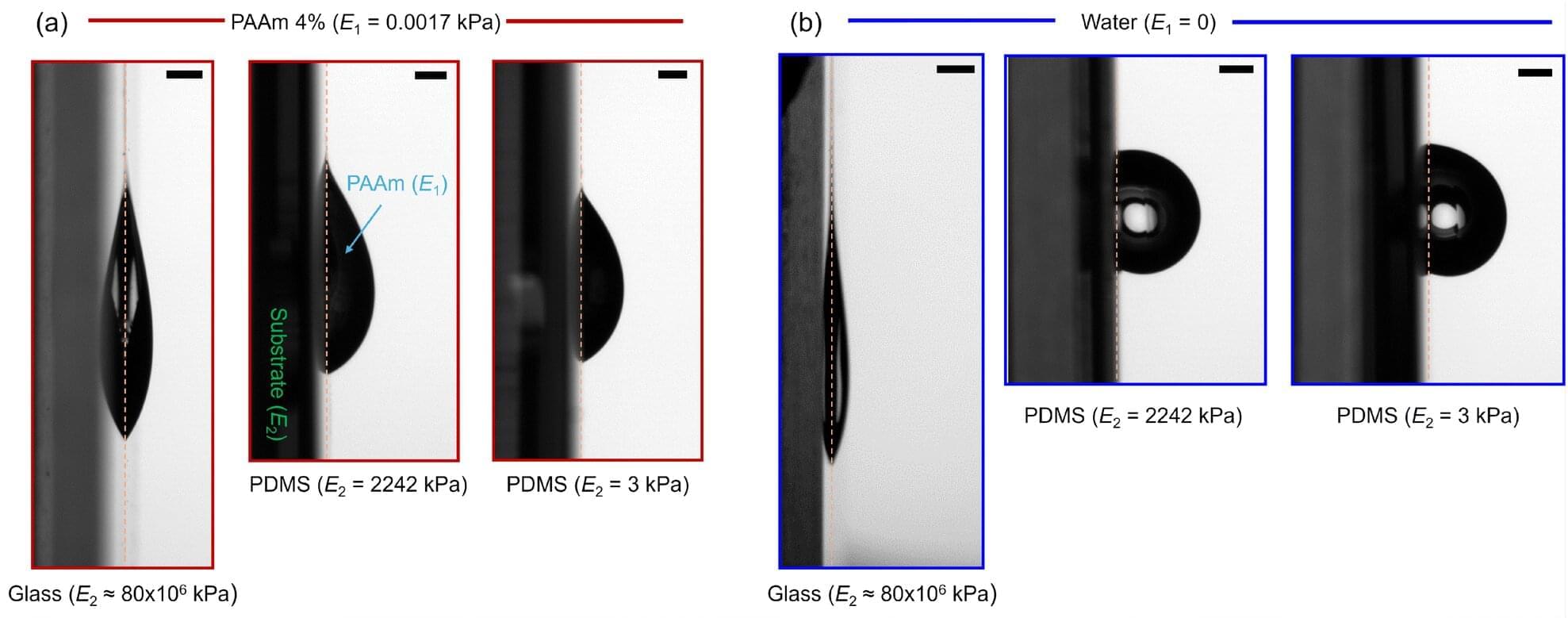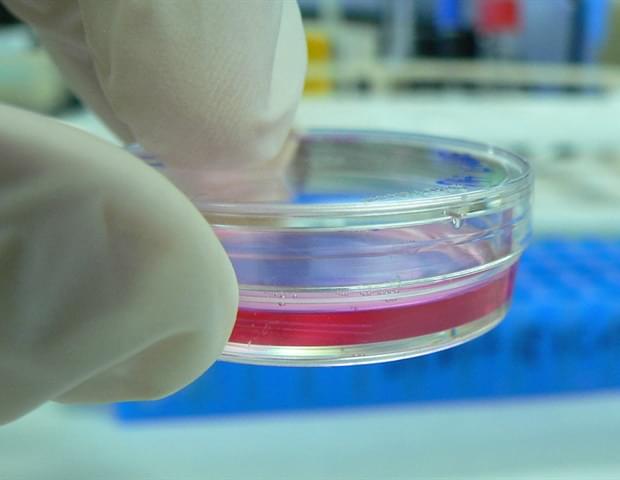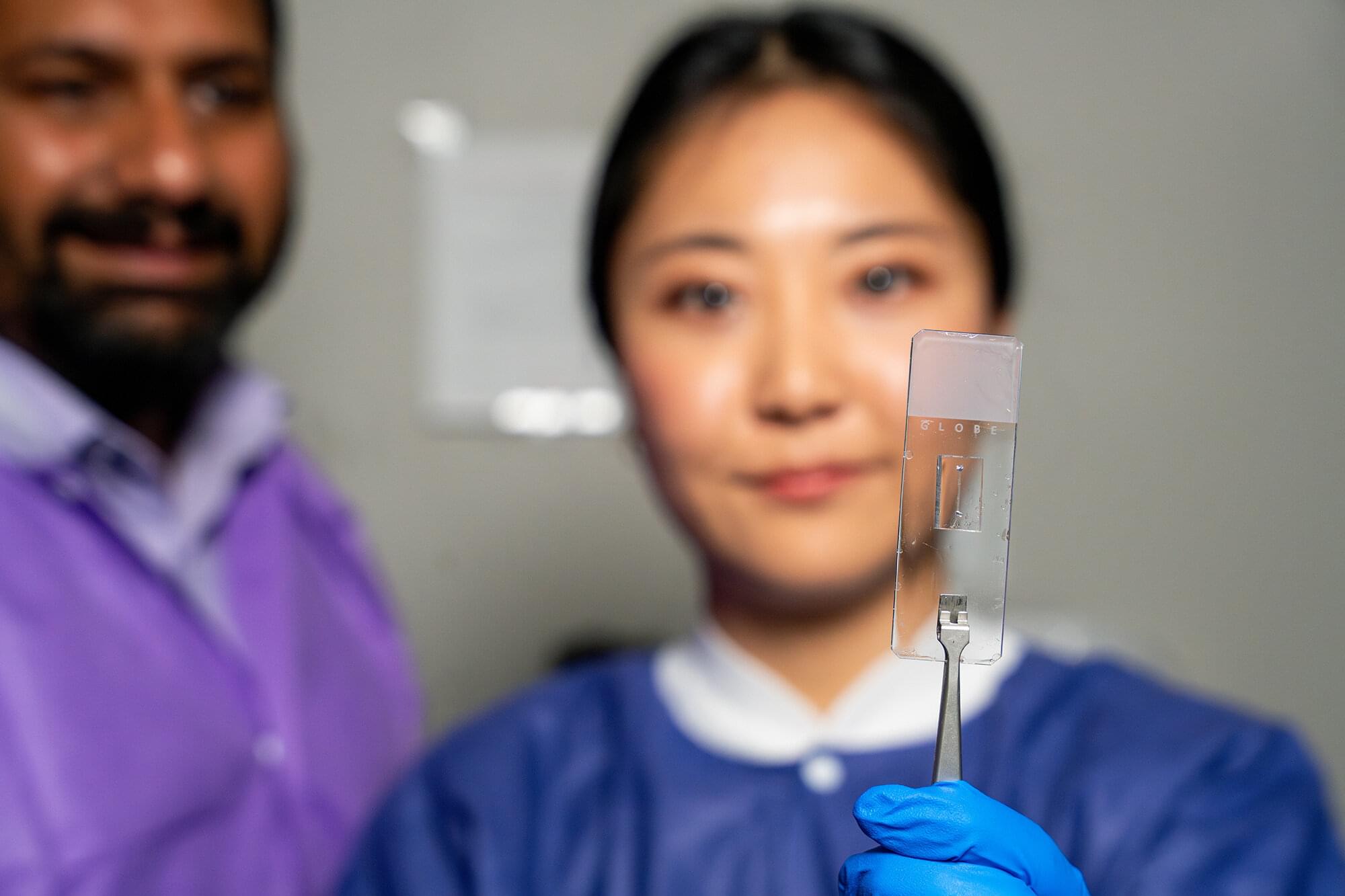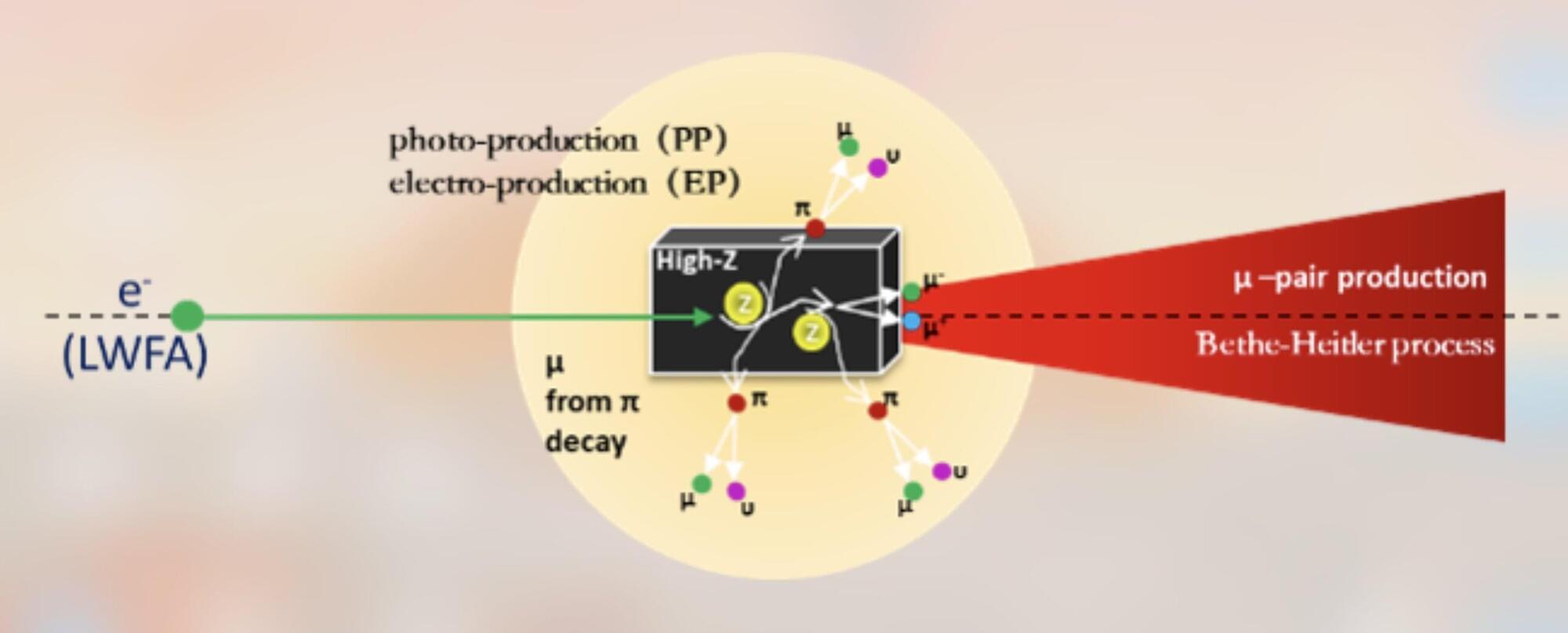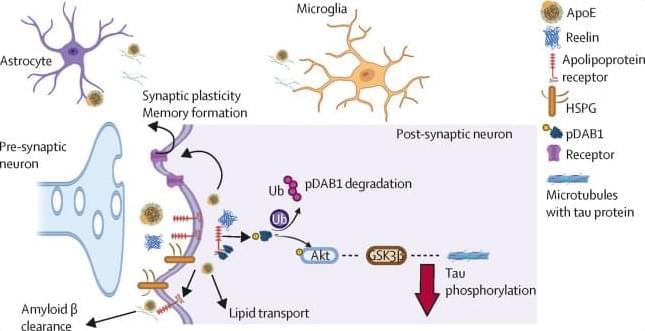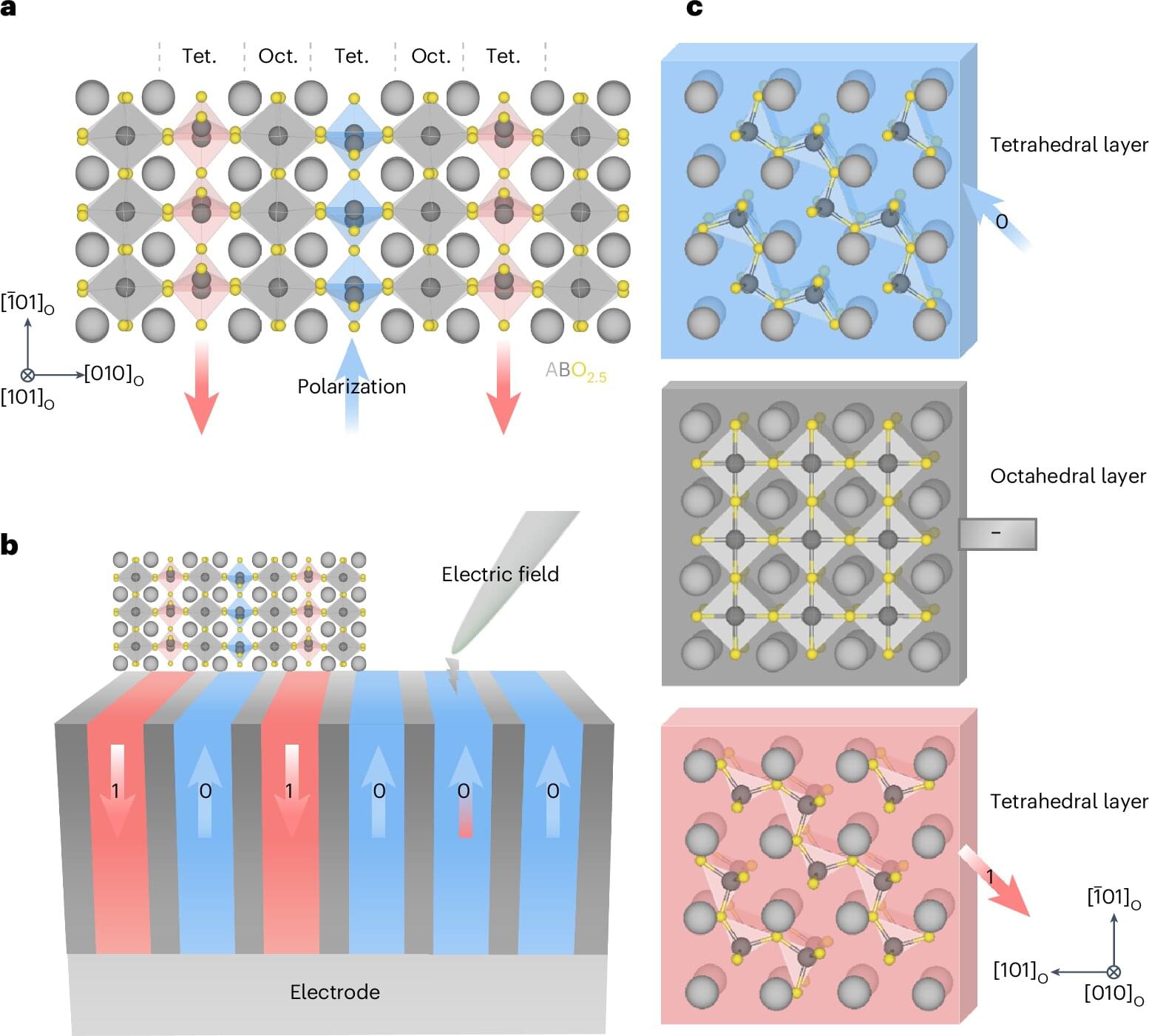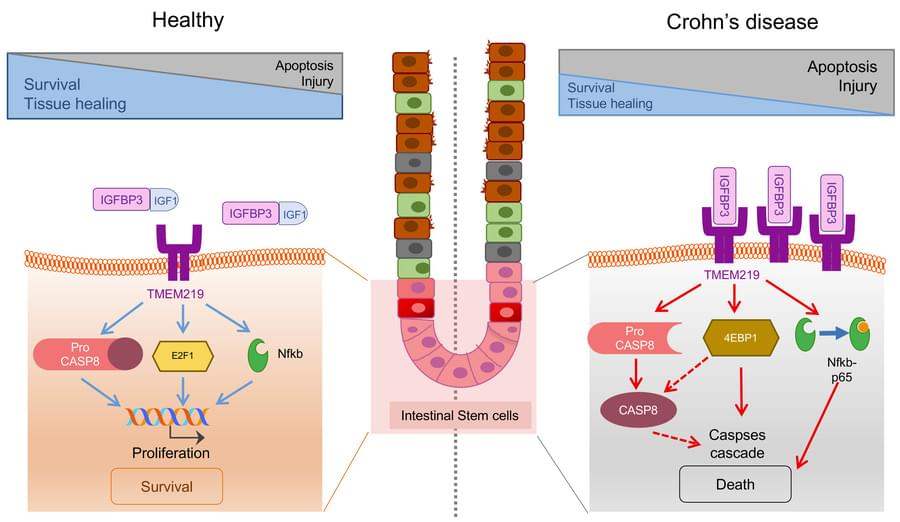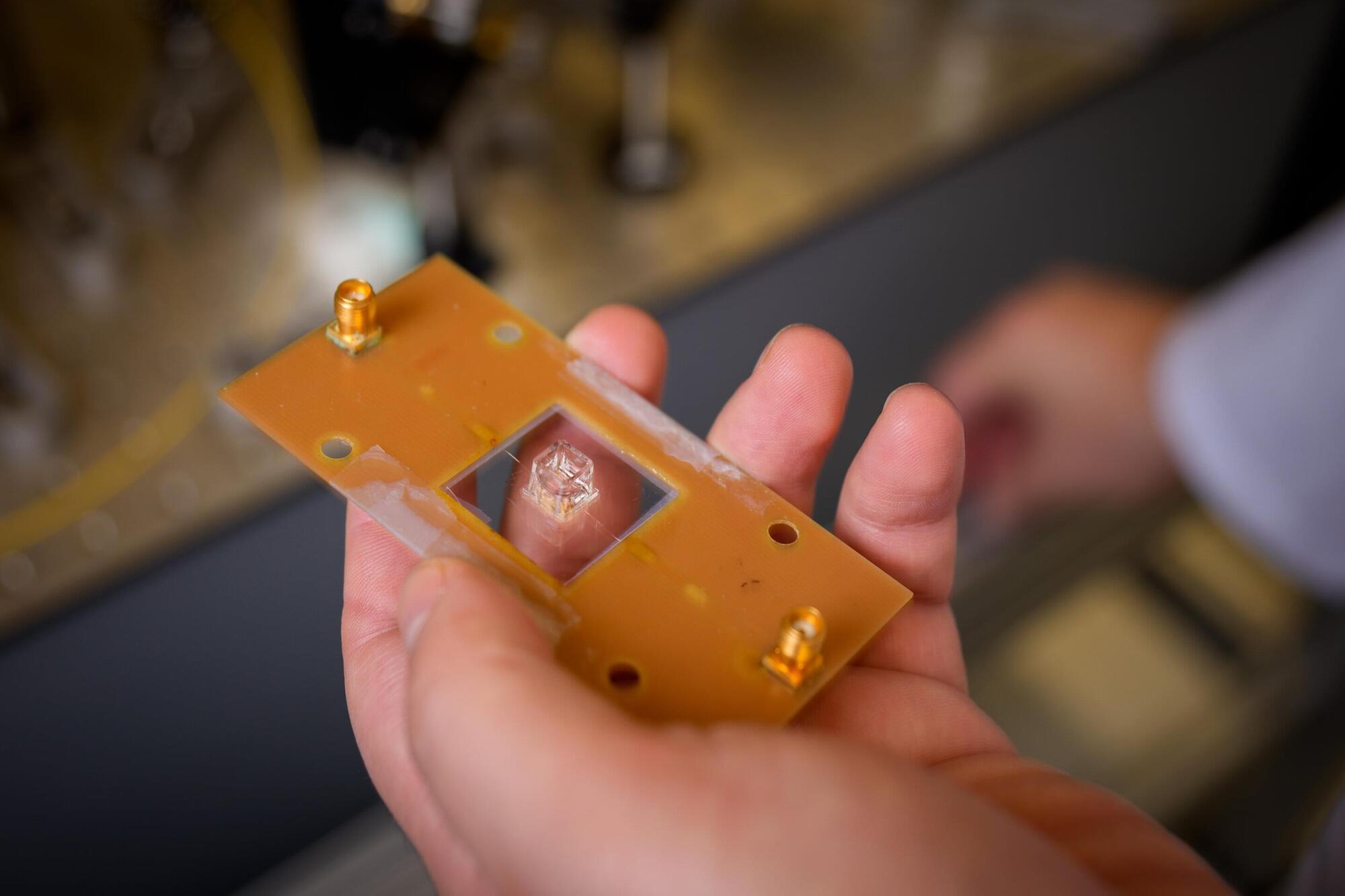A research team affiliated with UNIST has unveiled a novel extracorporeal blood purification technology that captures and removes bacteria from the bloodstream by leveraging sticky, clot-like surfaces. This breakthrough could pave the way for new treatments against deadly systemic infections, including sepsis, even those caused by antibiotic-resistant bacteria. The work is published in Advanced Science.
Led by Professor Joo H. Kang, from the Department of Biomedical Engineering at UNIST, the research team announced the development of an innovative extracorporeal bacterial purification device that utilizes artificial blood clots. Similar to dialysis, the technique involves extracting infected blood outside the body, adsorbing bacteria onto artificial thrombi, and then returning the purified blood to the patient.
The newly developed extracorporeal blood purification device (eCDTF) features a spiral structure inserted into the central tube. Inside this spiral, artificial blood clots are embedded, which attract and trap bacteria flowing through the tube. Composed solely of plasma proteins without any cellular components like white blood cells, these artificial thrombi facilitate effective bacterial adhesion to the device’s surface.
